Increased Focus on Animal Welfare
The Veterinary Infusion Pumps Market is significantly influenced by the growing emphasis on animal welfare. Pet owners and veterinary professionals are increasingly prioritizing the health and comfort of animals, leading to a higher demand for effective treatment options. Infusion pumps play a crucial role in administering medications and fluids, particularly in critical care settings. This heightened awareness has resulted in a surge in the adoption of infusion pumps, as they provide precise dosing and minimize the risk of complications. Market data indicates that the demand for veterinary infusion pumps has risen by approximately 15% in recent years, reflecting this trend. Consequently, the Veterinary Infusion Pumps Market is poised for continued growth as stakeholders recognize the importance of advanced medical technologies in enhancing animal care.
Regulatory Compliance and Safety Standards
The Veterinary Infusion Pumps Market is shaped by stringent regulatory compliance and safety standards that govern the use of medical devices in veterinary practices. Regulatory bodies are increasingly focusing on ensuring that infusion pumps meet specific safety and efficacy criteria. This has led to the development of more reliable and safer devices, which in turn boosts consumer confidence. Manufacturers are investing in research and development to comply with these regulations, resulting in improved product offerings. The market is expected to expand as compliance with safety standards becomes a prerequisite for market entry. Recent statistics suggest that the Veterinary Infusion Pumps Market could see a growth rate of around 7% annually, driven by the need for adherence to these regulations.
Growth of Veterinary Healthcare Infrastructure
The Veterinary Infusion Pumps Market is benefiting from the expansion of veterinary healthcare infrastructure. As more veterinary clinics and hospitals are established, the demand for advanced medical equipment, including infusion pumps, is on the rise. This growth is particularly evident in emerging markets, where increased investment in veterinary services is observed. Enhanced healthcare facilities are increasingly adopting infusion technology to provide better care for animals. Market data suggests that the veterinary healthcare sector is projected to grow at a rate of 6% annually, contributing to the overall expansion of the Veterinary Infusion Pumps Market. This trend indicates a promising future for infusion pump manufacturers as they cater to the evolving needs of veterinary practices.
Rising Incidence of Chronic Diseases in Animals
The Veterinary Infusion Pumps Market is witnessing growth due to the rising incidence of chronic diseases in animals. Conditions such as diabetes, cancer, and renal failure are becoming more prevalent, necessitating advanced treatment options. Infusion pumps are essential for managing these chronic conditions, as they allow for continuous and controlled delivery of medications and fluids. The increasing number of veterinary clinics and hospitals equipped with infusion technology is indicative of this trend. Market analysis reveals that the demand for infusion pumps is expected to rise by approximately 10% over the next few years, driven by the need for effective management of chronic diseases. Thus, the Veterinary Infusion Pumps Market is likely to expand as veterinary professionals seek innovative solutions for treating complex health issues in animals.
Technological Advancements in Veterinary Infusion Pumps
The Veterinary Infusion Pumps Market is experiencing a surge in technological advancements that enhance the efficacy and precision of infusion therapies. Innovations such as smart pumps equipped with advanced algorithms and connectivity features are becoming increasingly prevalent. These devices allow for real-time monitoring and adjustments, which can significantly improve patient outcomes. The integration of mobile applications for remote management is also gaining traction, enabling veterinarians to oversee treatments from a distance. According to recent data, the infusion pump segment is projected to grow at a compound annual growth rate of approximately 8% over the next few years, driven by these technological enhancements. As a result, the Veterinary Infusion Pumps Market is likely to witness a shift towards more sophisticated and user-friendly devices.
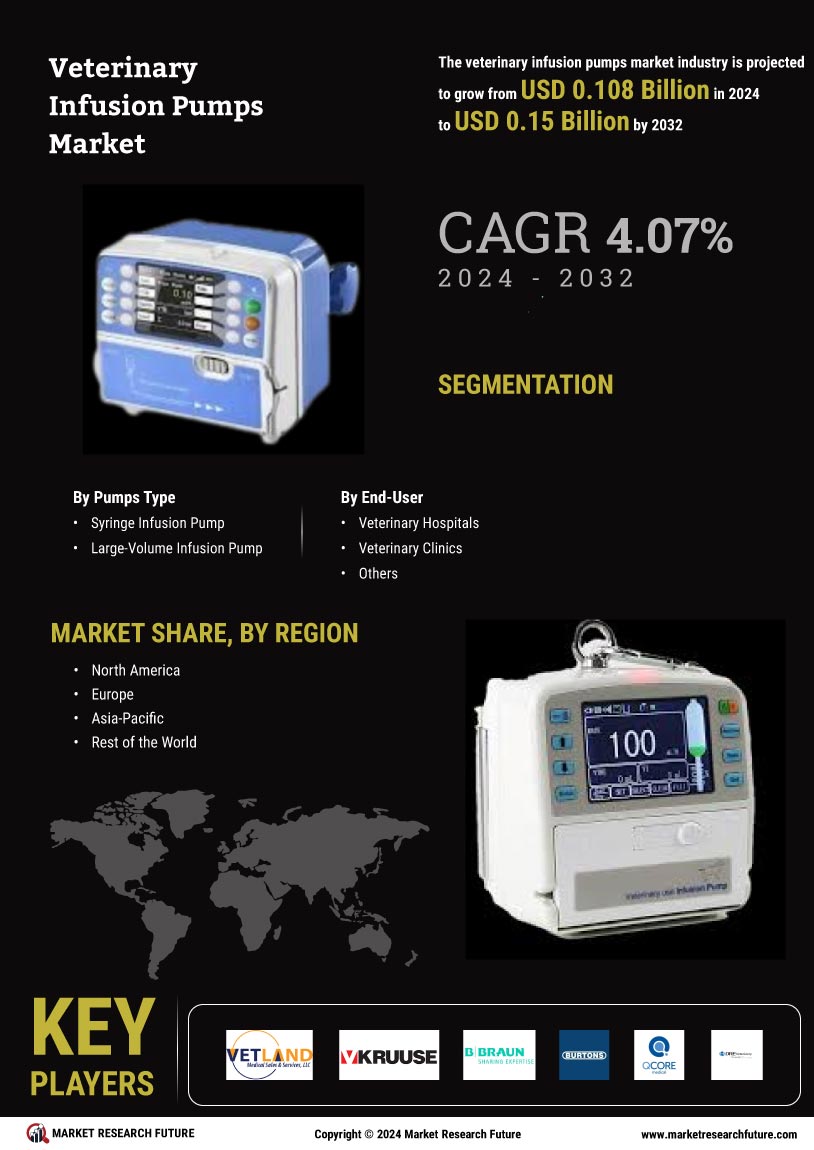

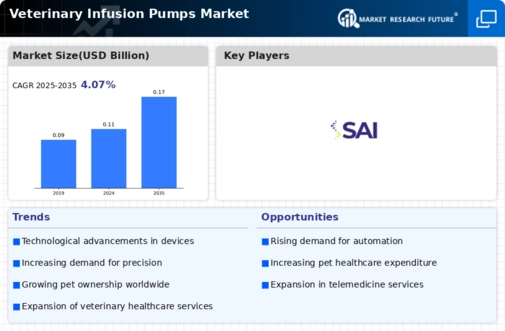
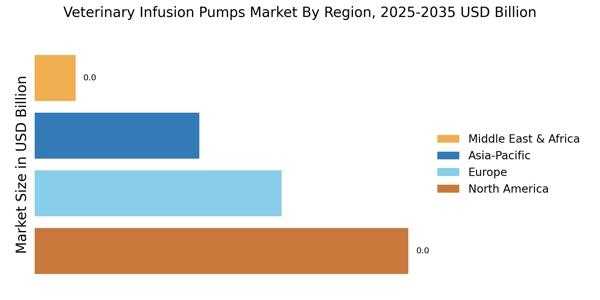

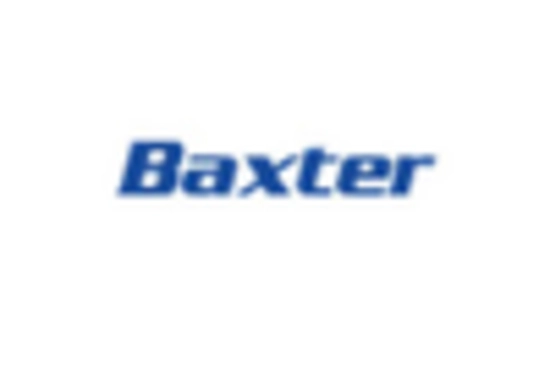
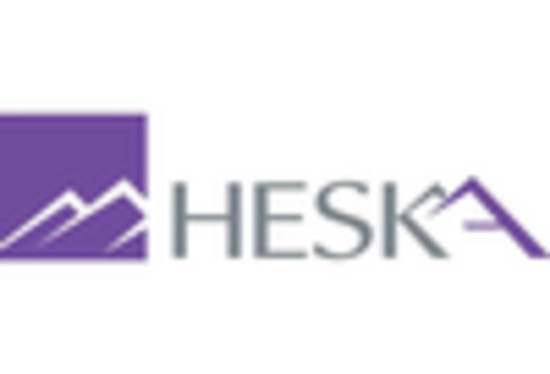
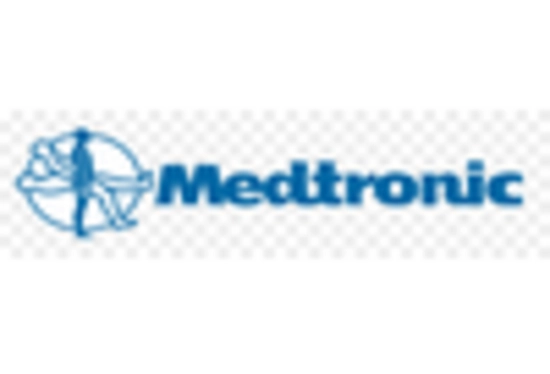

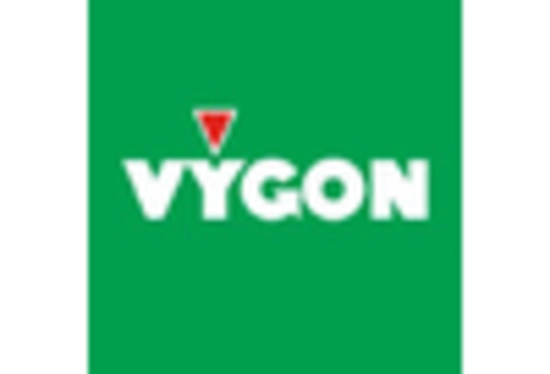








Leave a Comment